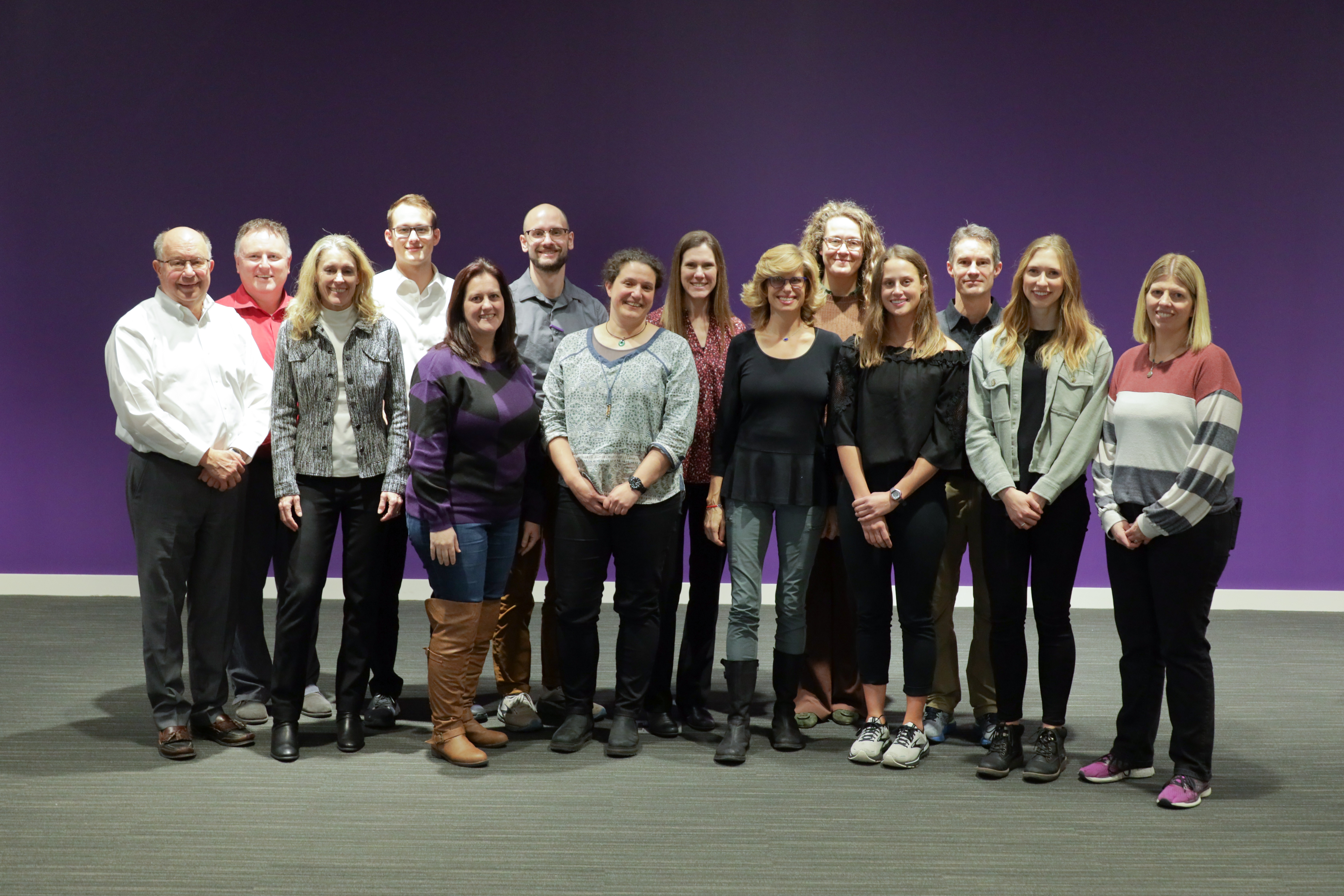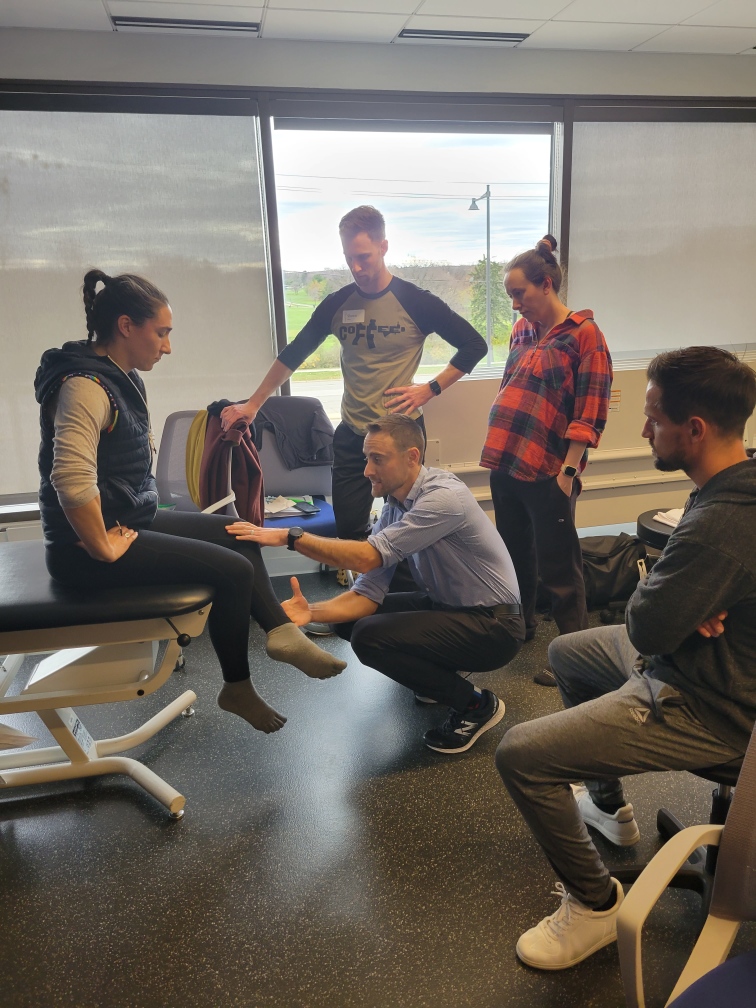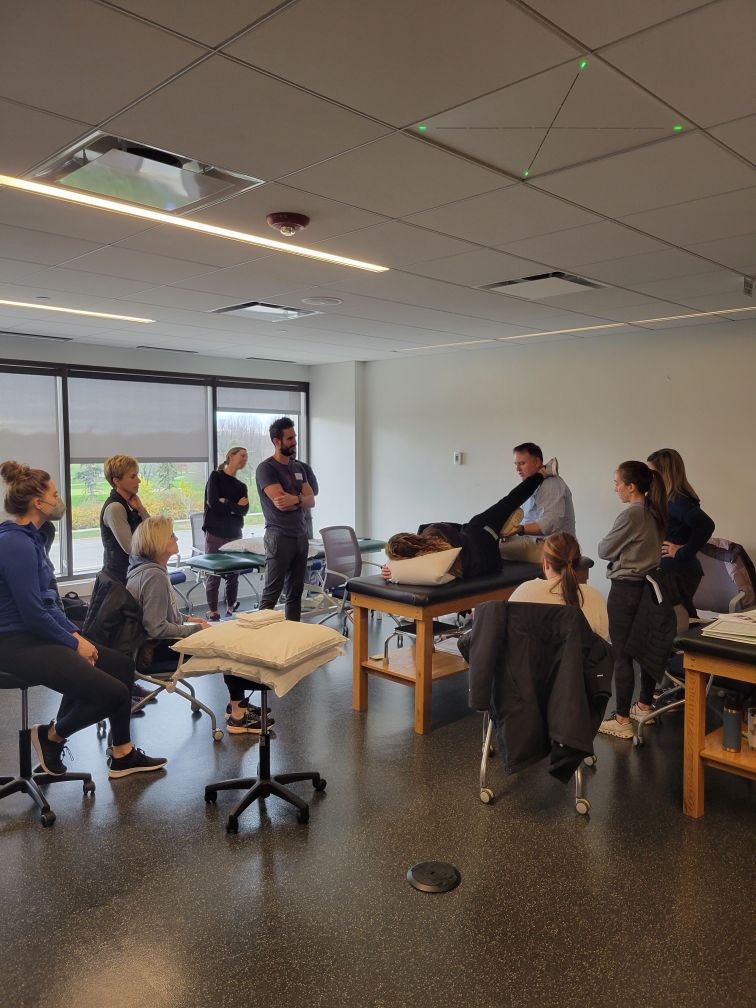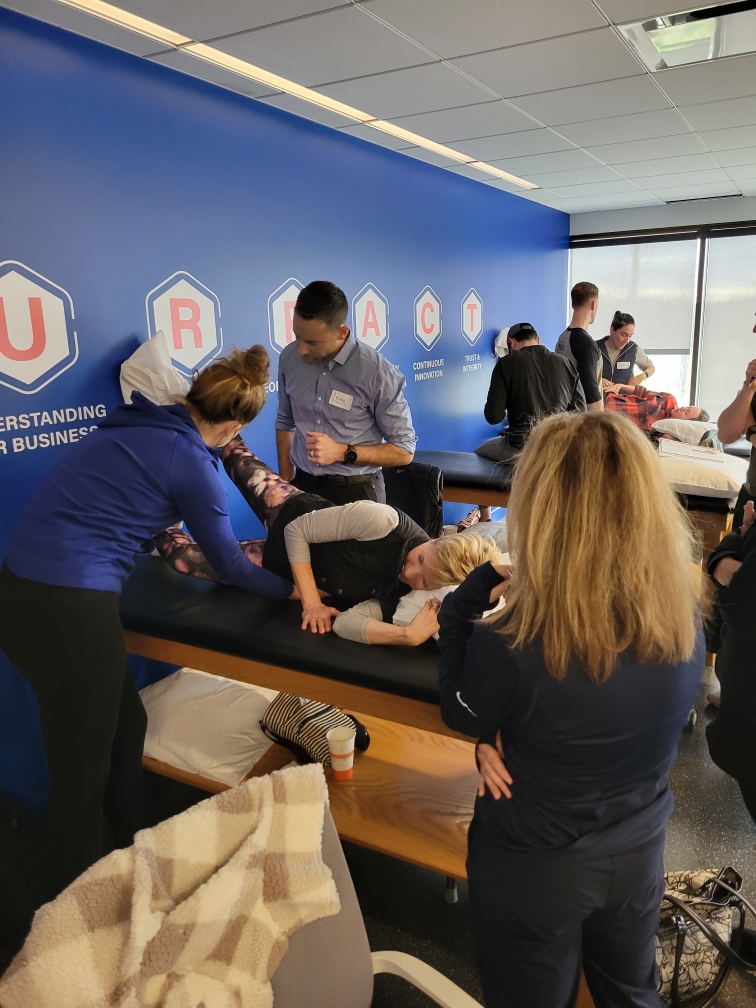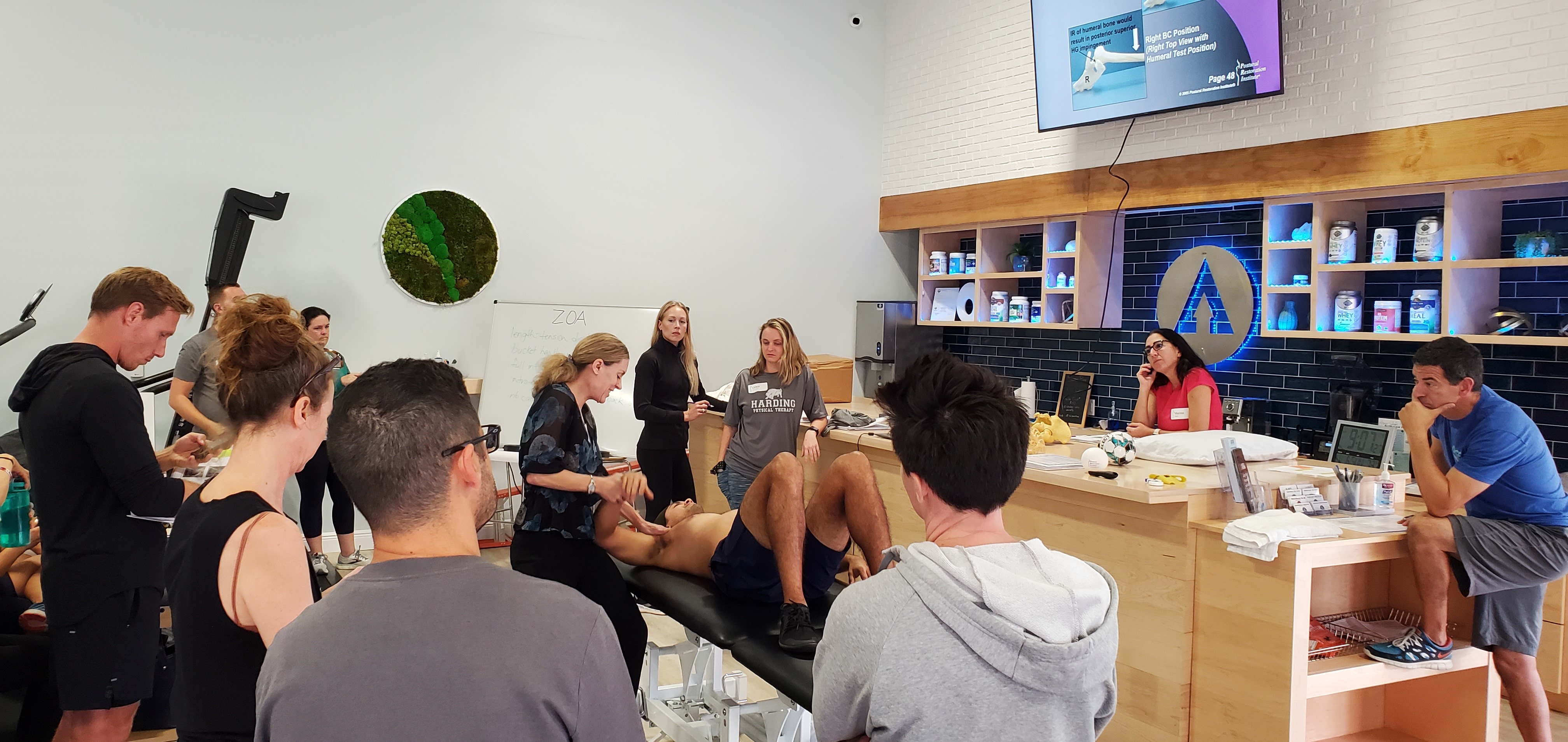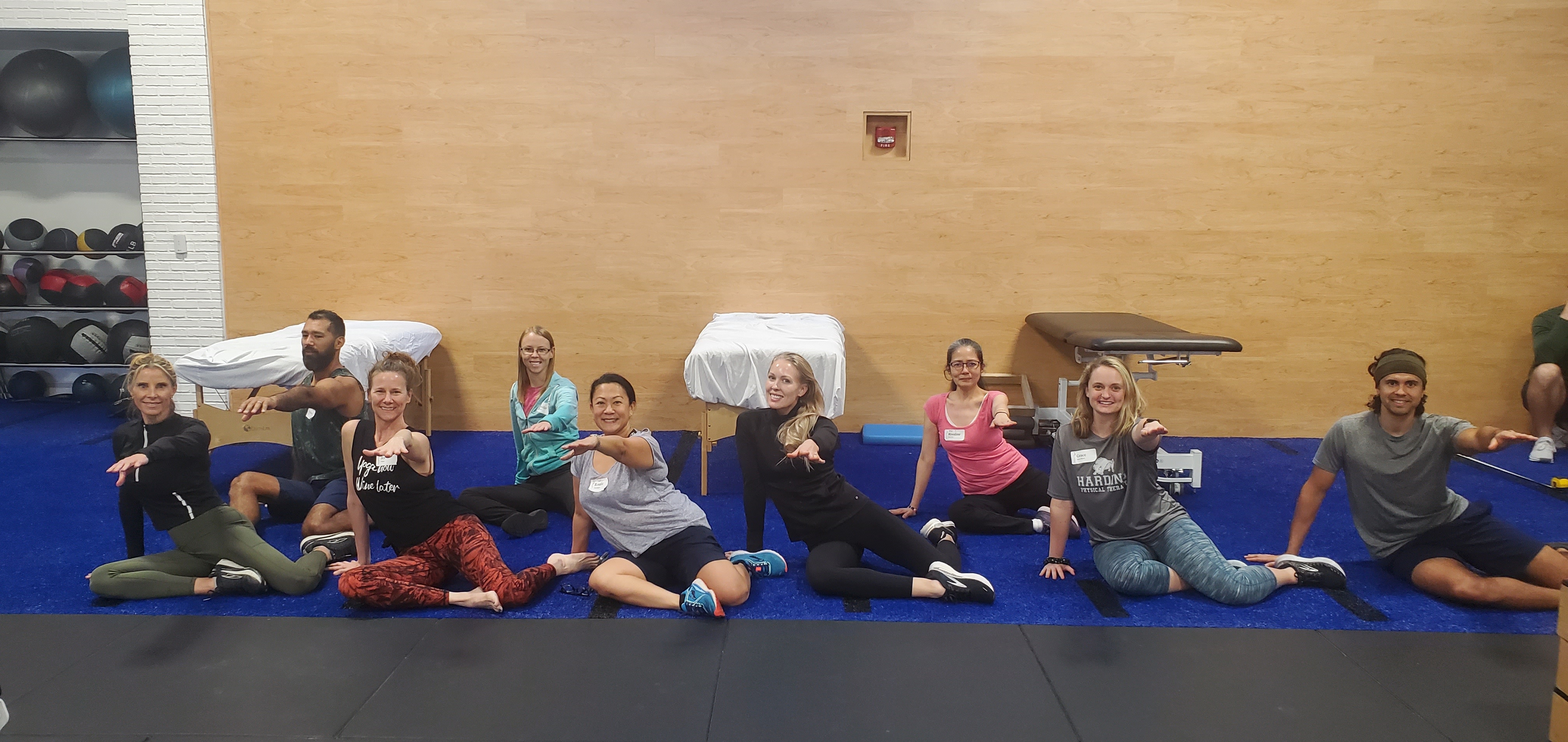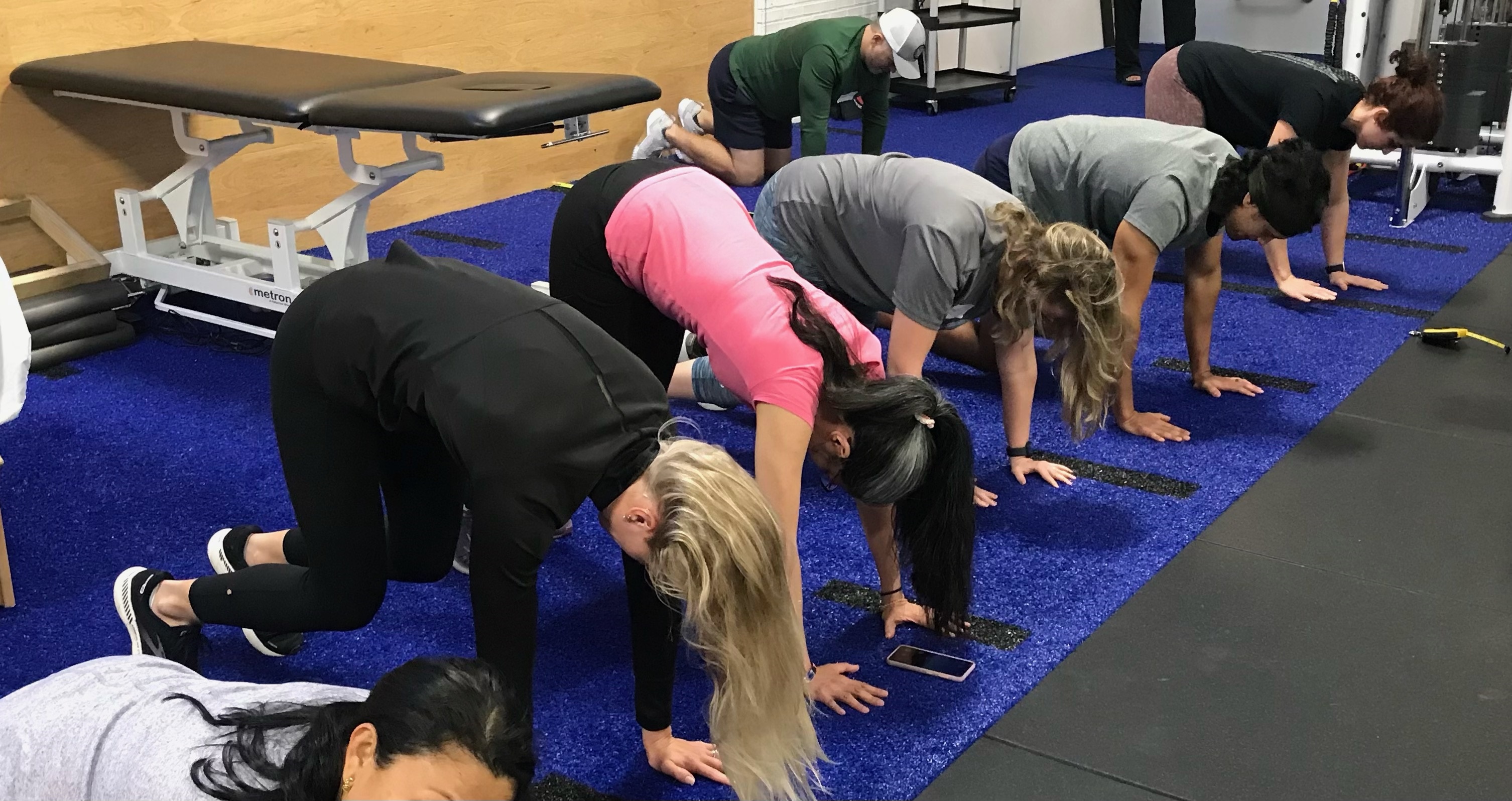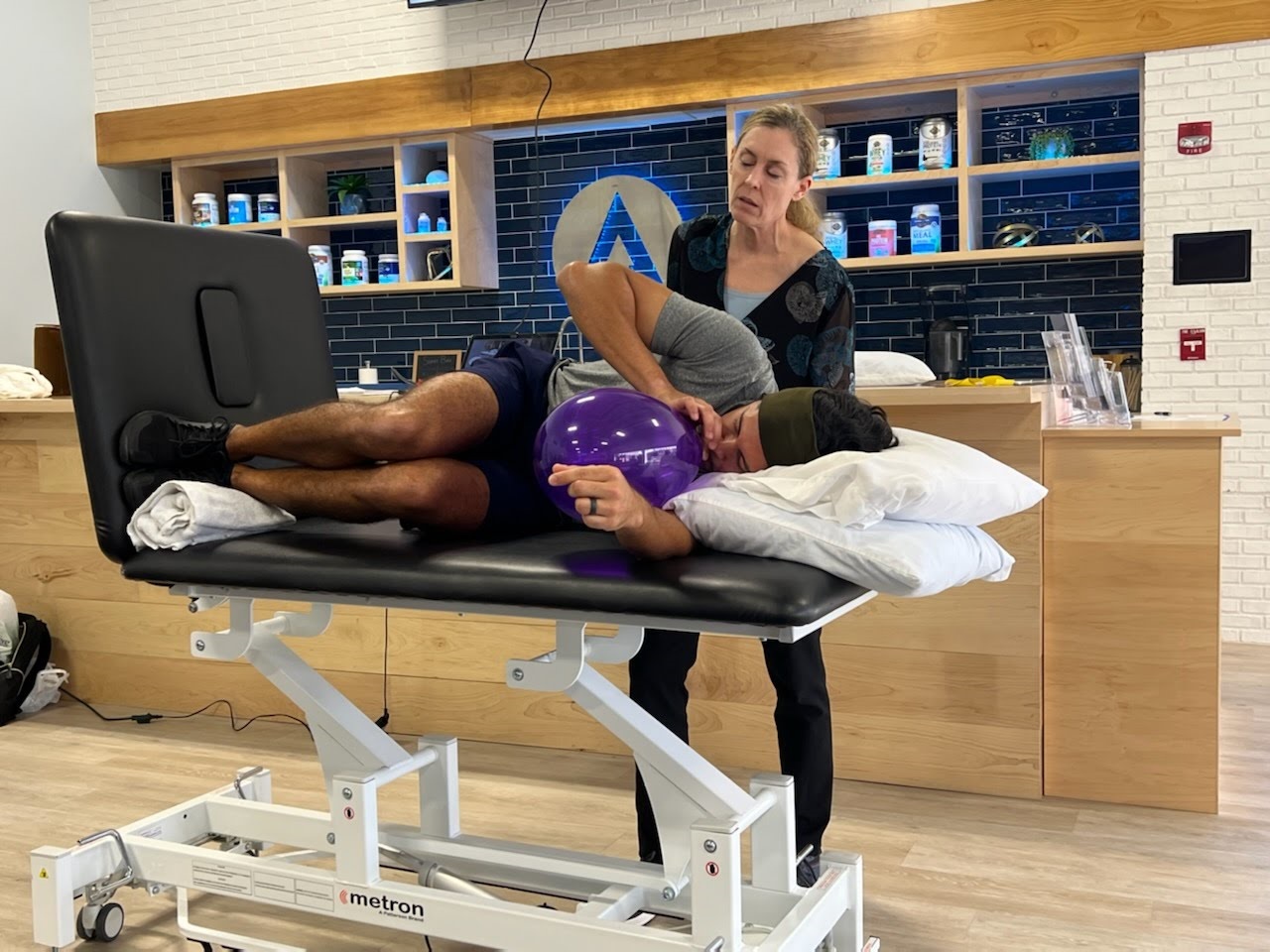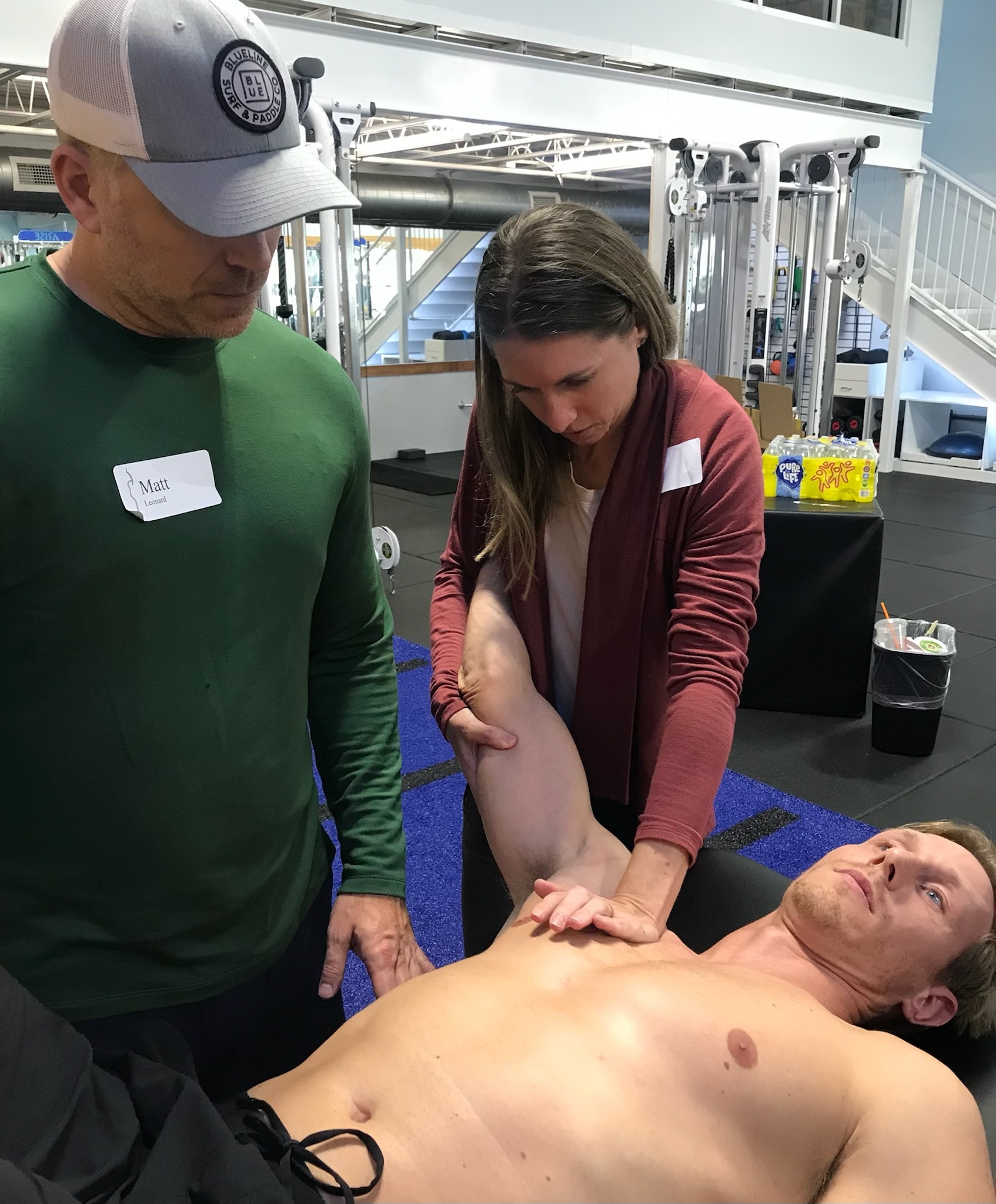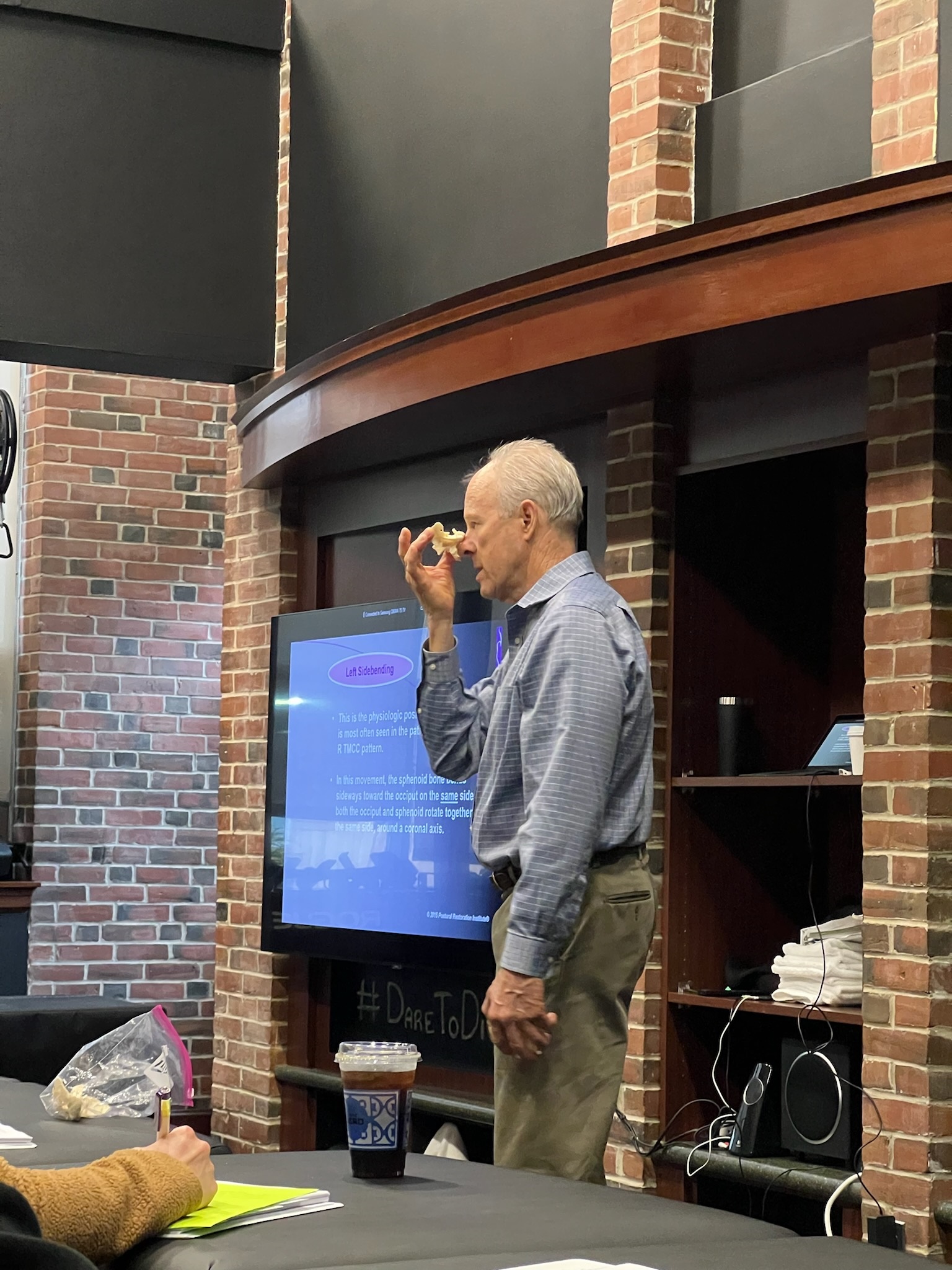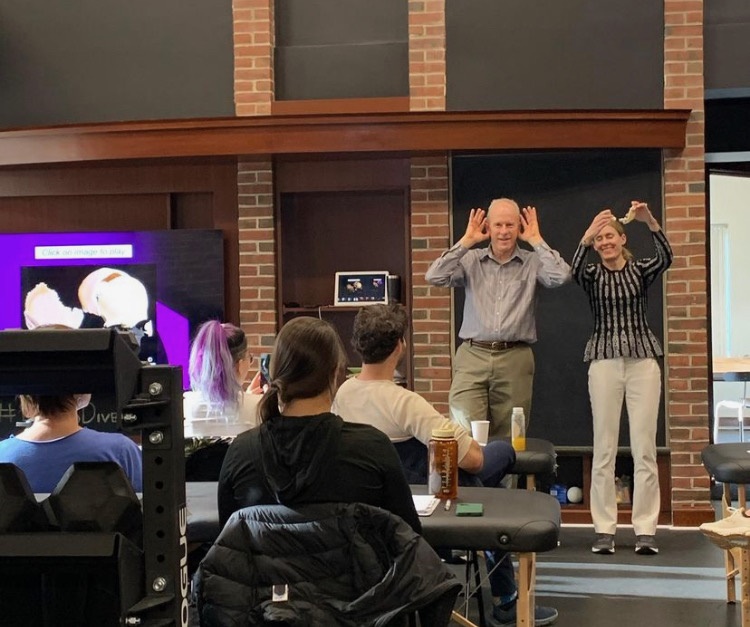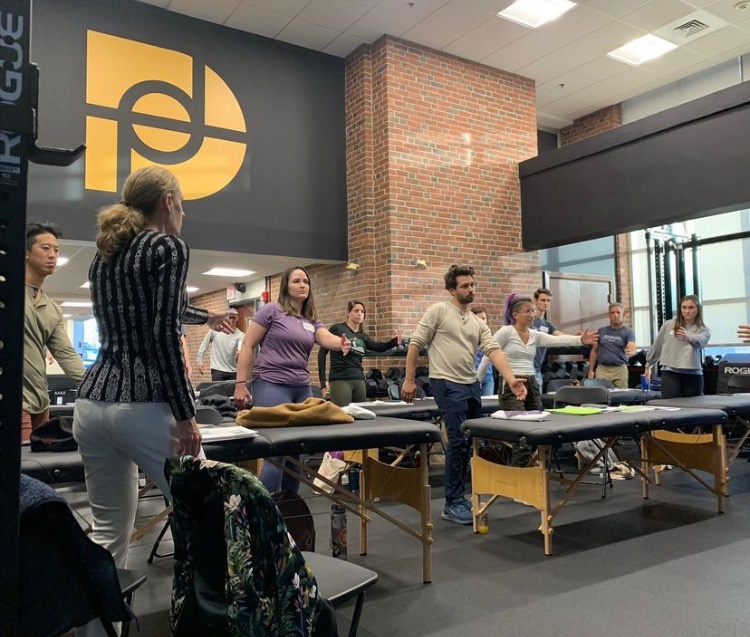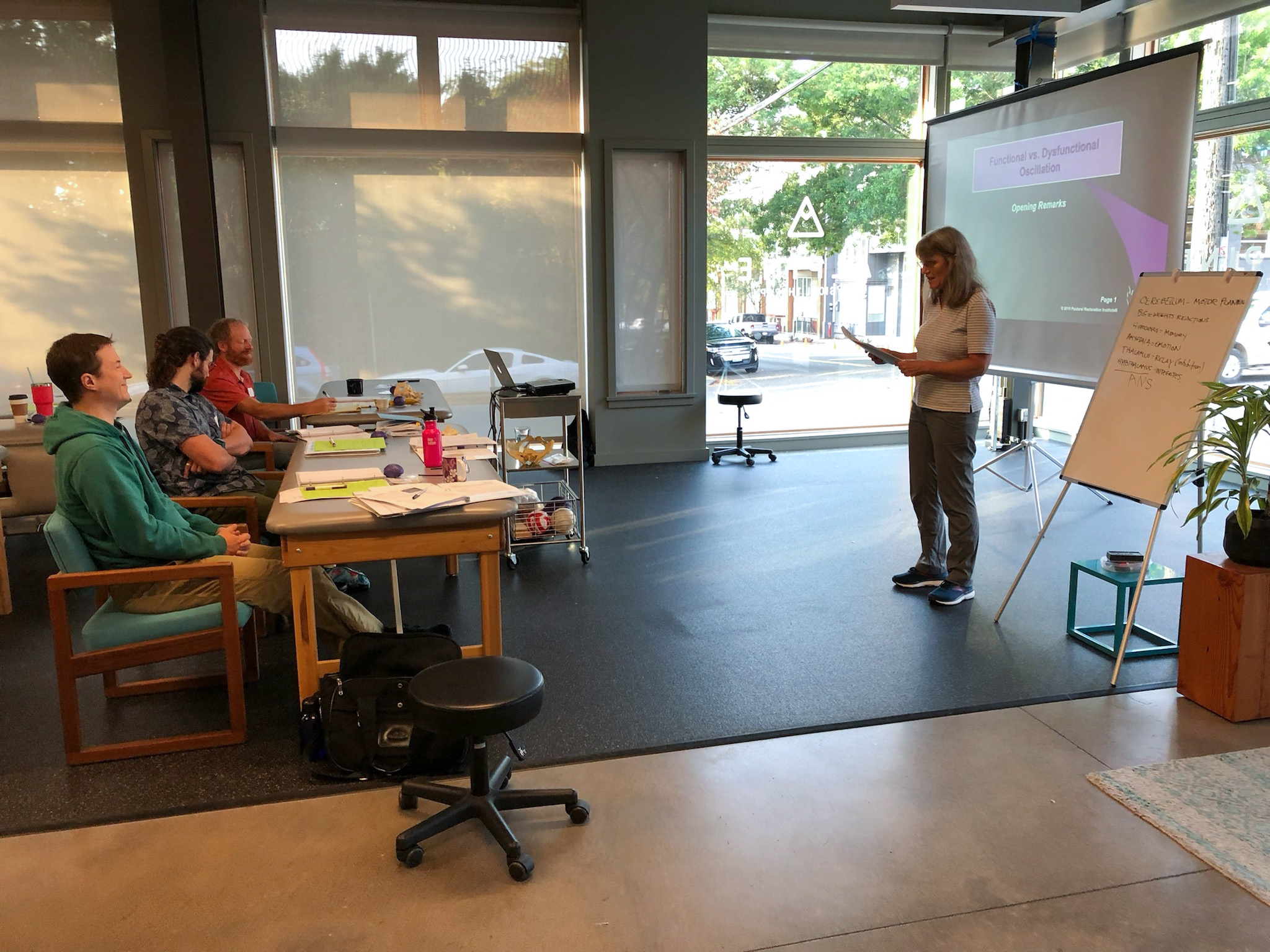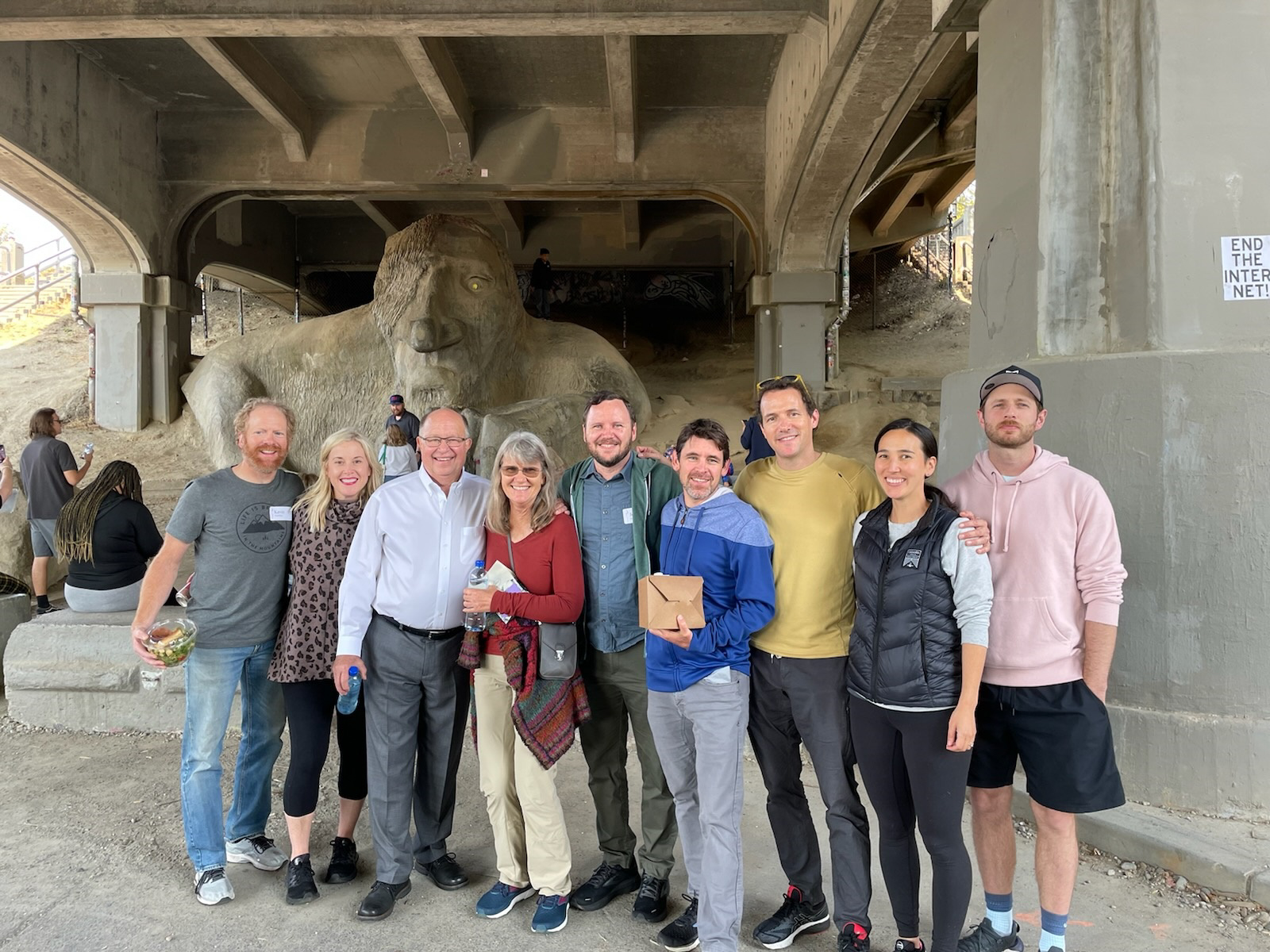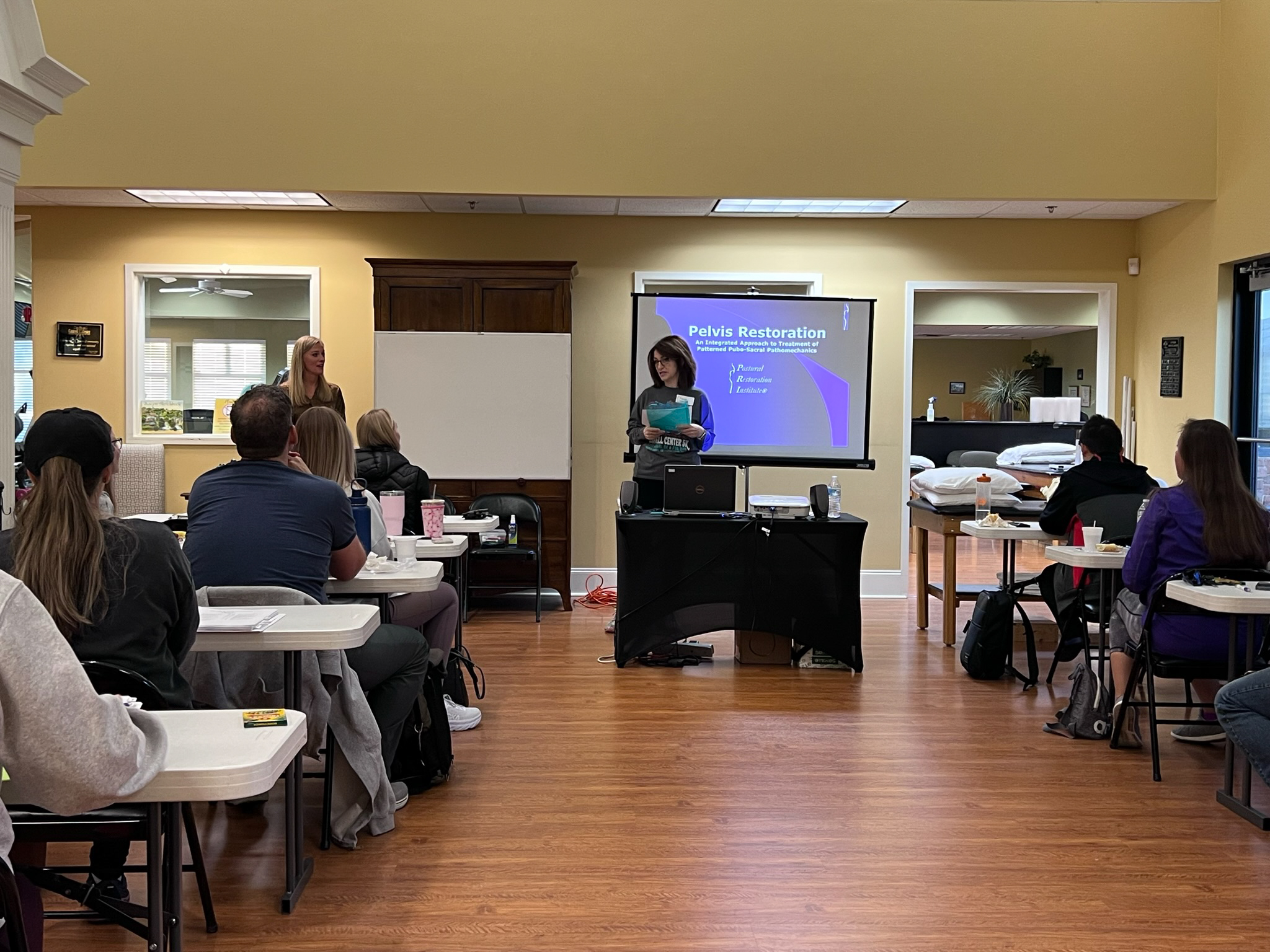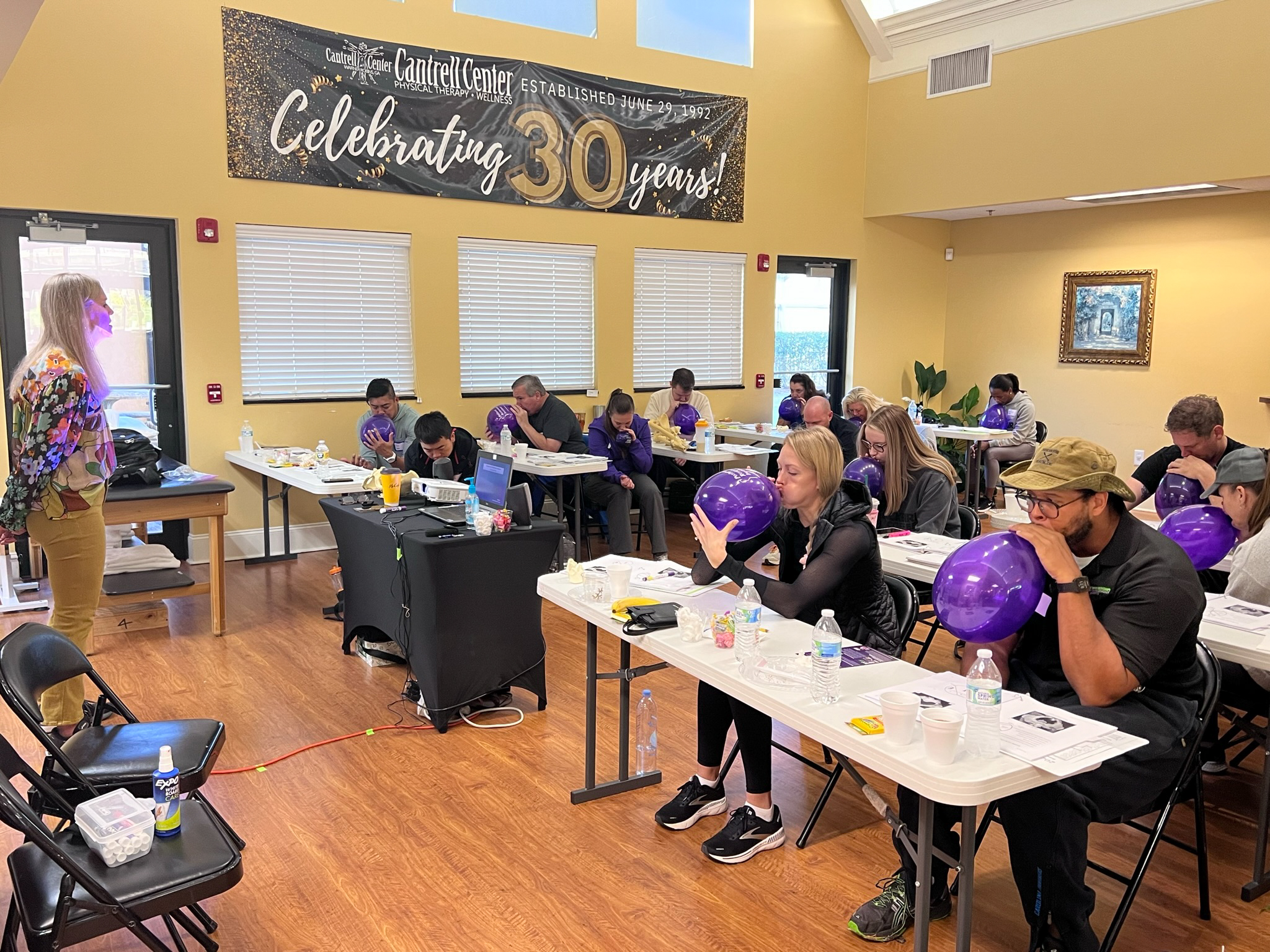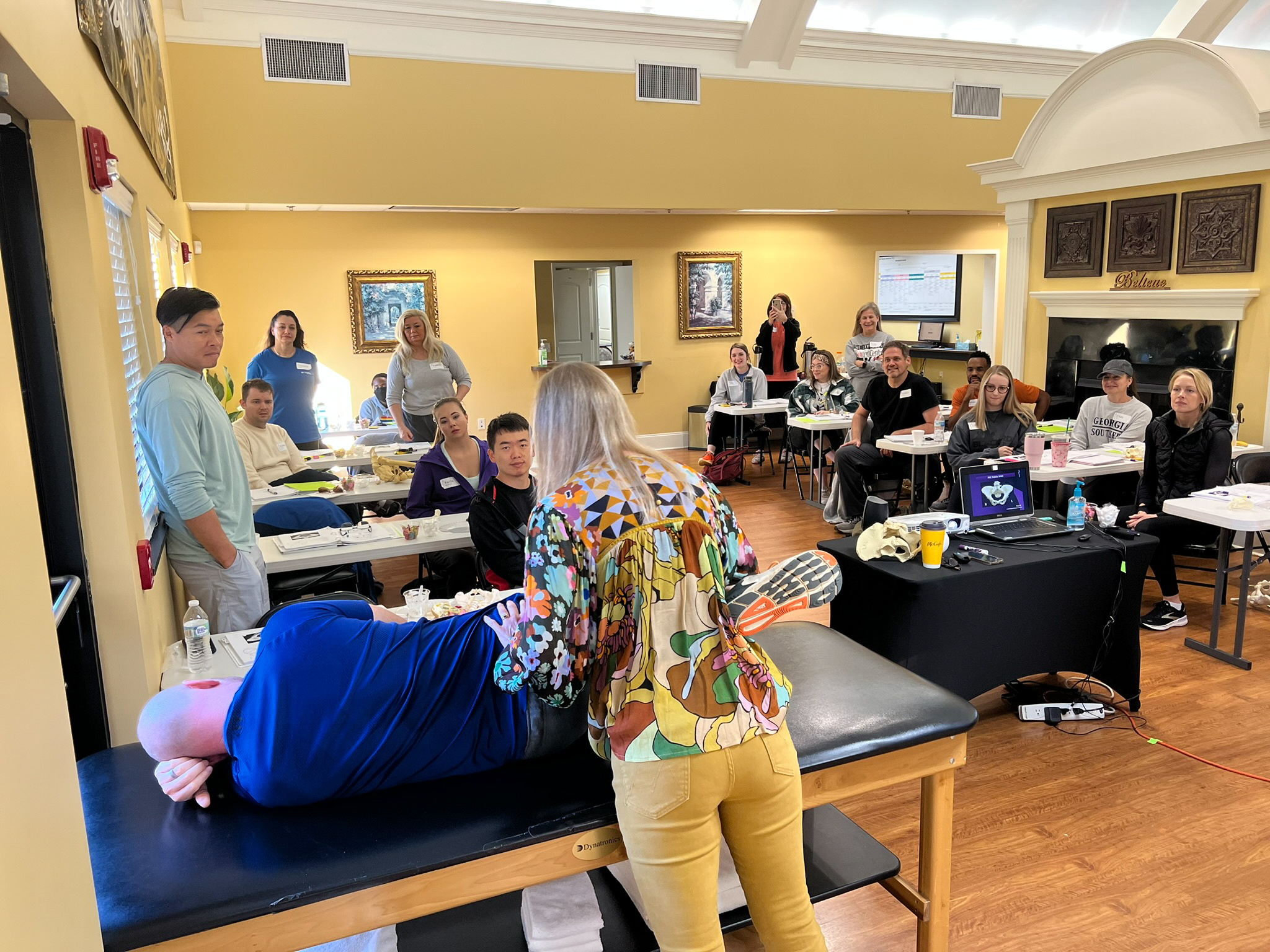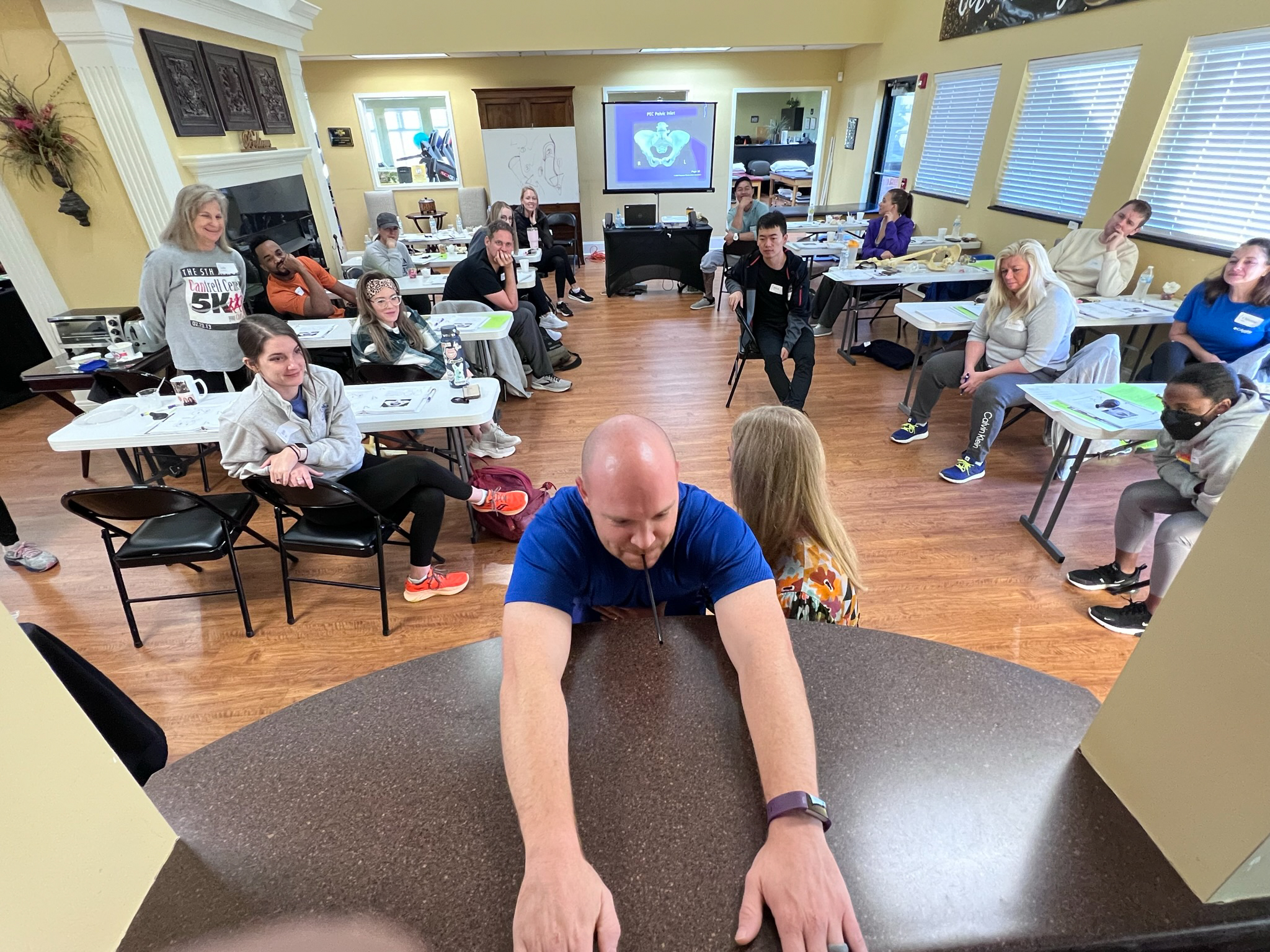This course outlines the functional cortical predominance that exists in all humans because of our inert need to move our “self” and our body forward. Our predominance precedes dominance, as our errors precede our successes. Our consciousness predominates our interest. And our brain hemispheric predominance predicts our natural asymmetric anti-gravitational behavior. This is a ‘introspective’ course. A course built off of research and examination, and appraisal of my own mental and emotional processes of human locomotion self-analysis.
Introspective courses can be difficult, very difficult to understand. Locomotor movement is not a simple act. And to fully appreciate how we displace ourselves, we need to relate the ascendency associated with visuo-spatial peripheral flow, chest decompression and compression behind vertical and horizontal displacement and predomination of handedness to the prevalence of unilateral ground control. I can appreciate anyone, who tells me they do not understand what this sentence just meant. But that is exactly what I hope to clarify in a course such as this, by relating concepts of displacement with movement, forward movement, that we all are programmed to do.
I believe, I have taught this course, six times, maybe, not sure. I feel like I have taught it 400, 4000 or more, times. Because I teach humans, guide humans and mentor humans on how to displace themselves to safely and subconsciously move themselves forward. Moving ourselves from our place of rest or position, or submerging ourselves, body or part of our body in a volume of space which would otherwise be occupied by gas in that space, requires progressional displacement of both air/space in and around our body. As obscure as this may sound, it is this acceptance of displacement by our visual optic regions of our brain, that gives us the freedom, the control and the orientation we use to move forward on our feet, through binocular, bi handed and bi lateral chest alternation of displacement.
Immediately after teaching this course I received two emails from course attendees, who said they “got it” and appreciated the course so much, because of this scientific based introspection. This course, in my opinion, helps us understand how important the upper extremities are when we move forward with chest and visual space suppression and displacement, for locomotor placement of the ground we are supported by and for locomotor placement of the environment we are moving through.
I would like to thank all of the attendees who were willing to reschedule this course because of my, and the PRI staffs, acquisition of COVID a few weeks earlier. I also am very grateful for Julie Blandin PT, ATC, CSCS, PRC and Mark Ragusa DPT who attended the course in person and helped with their acknowledgement and feedback of instructional material. It always helps so much to have someone present in the room when giving virtual courses.
And finally if you are hesitating to take this course in 2023, talk to someone who has. It should broaden your perspective on the visual, hemi-chest and upper extremity influences on the legs you use to move you, or your patients forward. I will only be teaching this course two times next year, May 5-6 and Nov 3-4. And both will be livestream. Thank you for taking the time to read this review.

